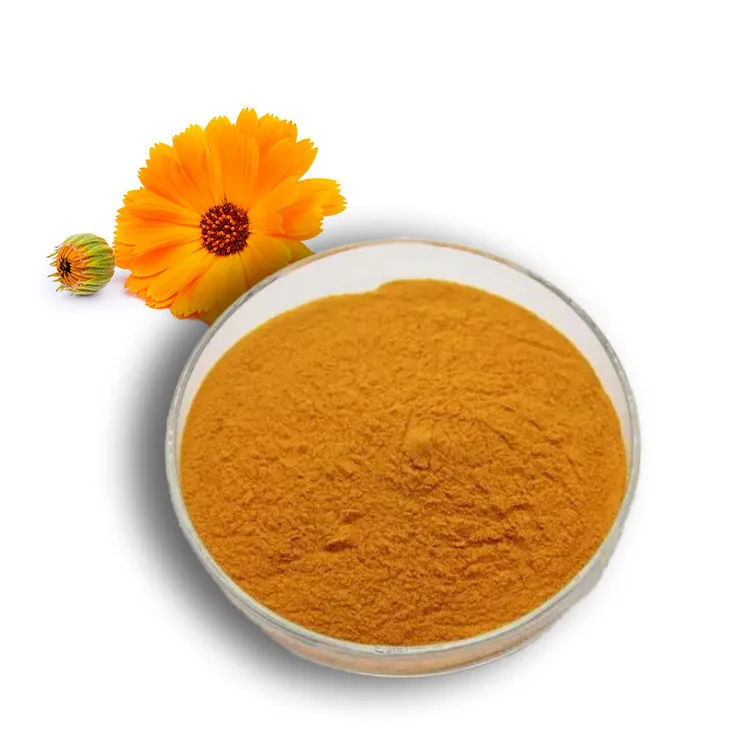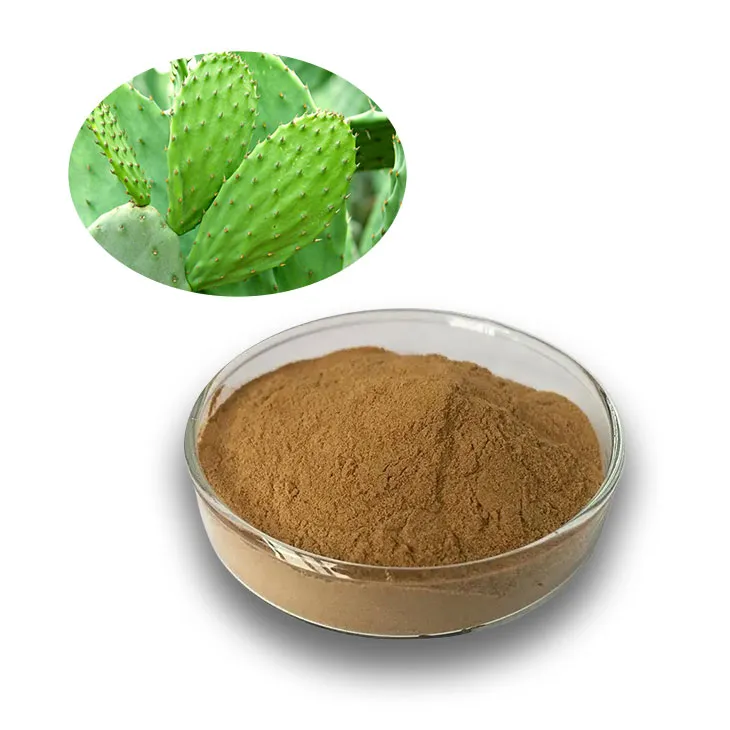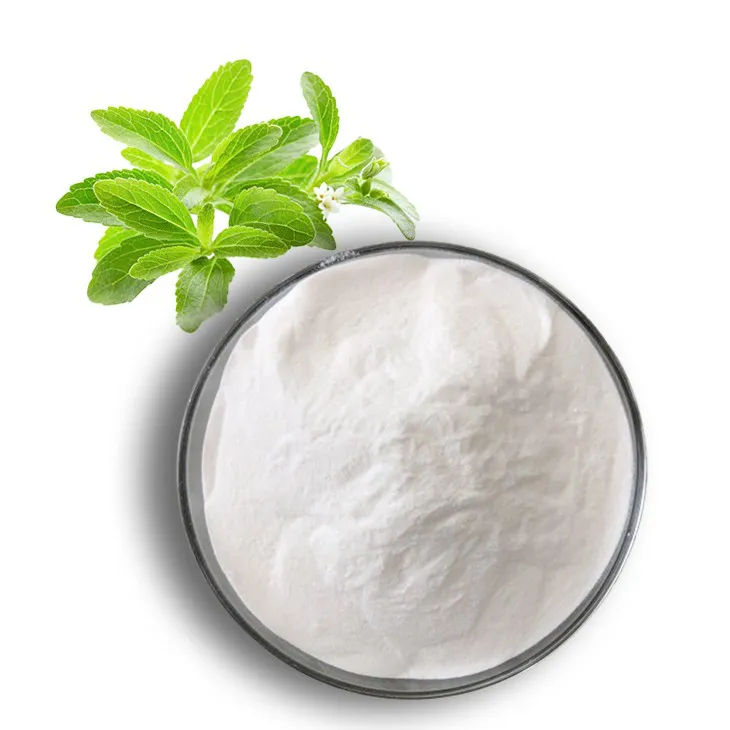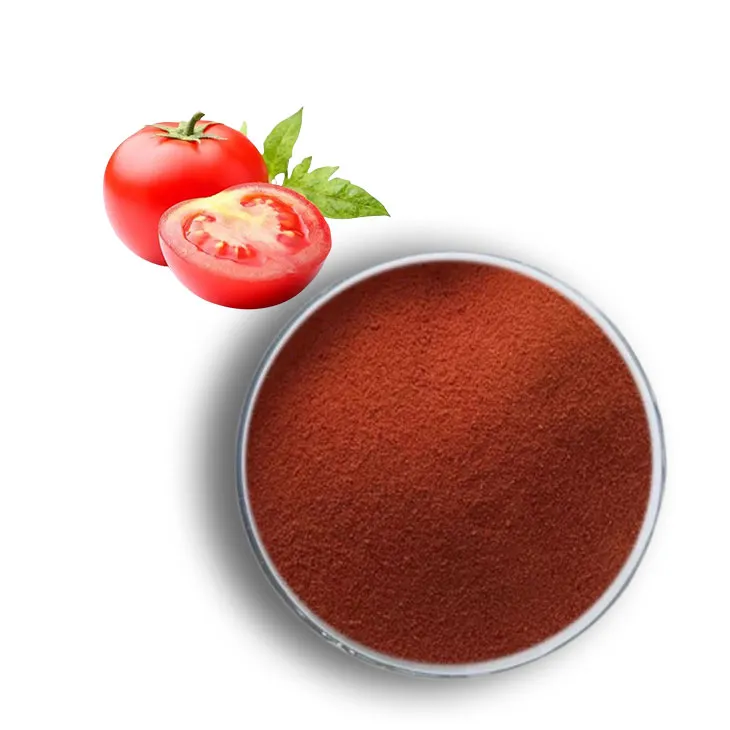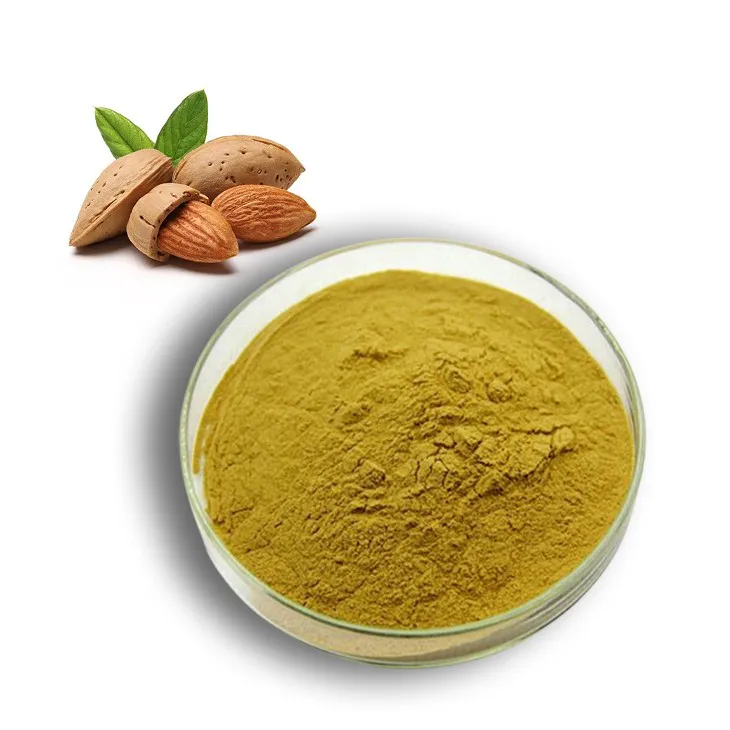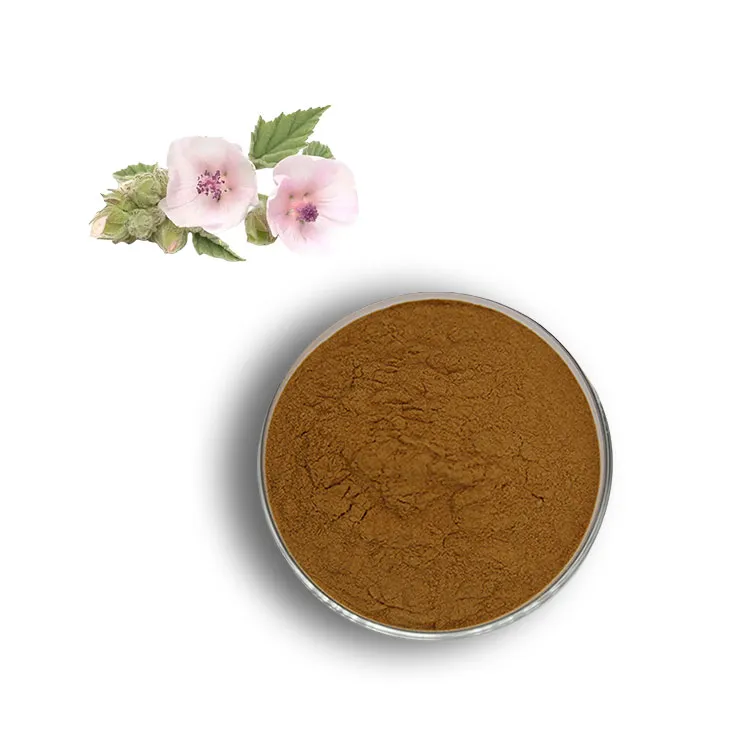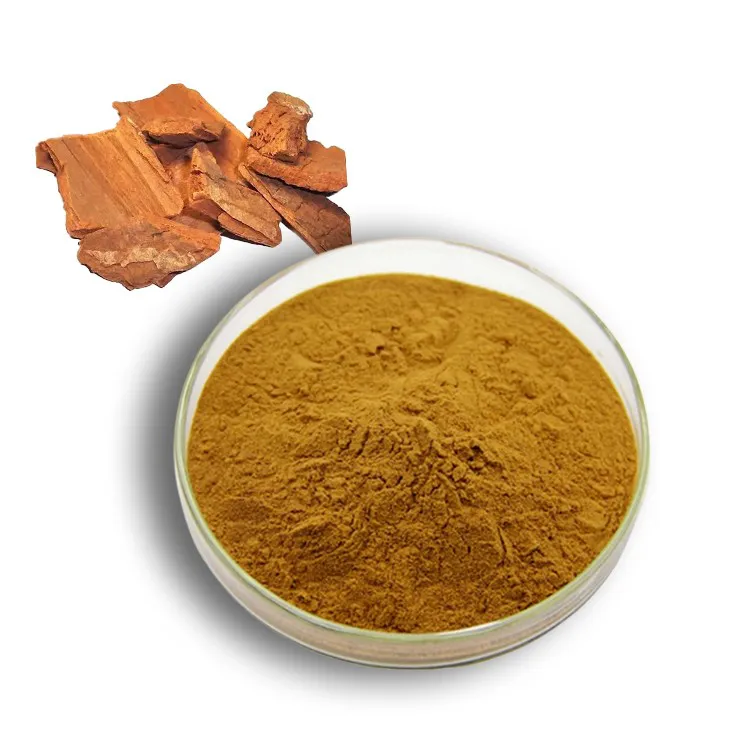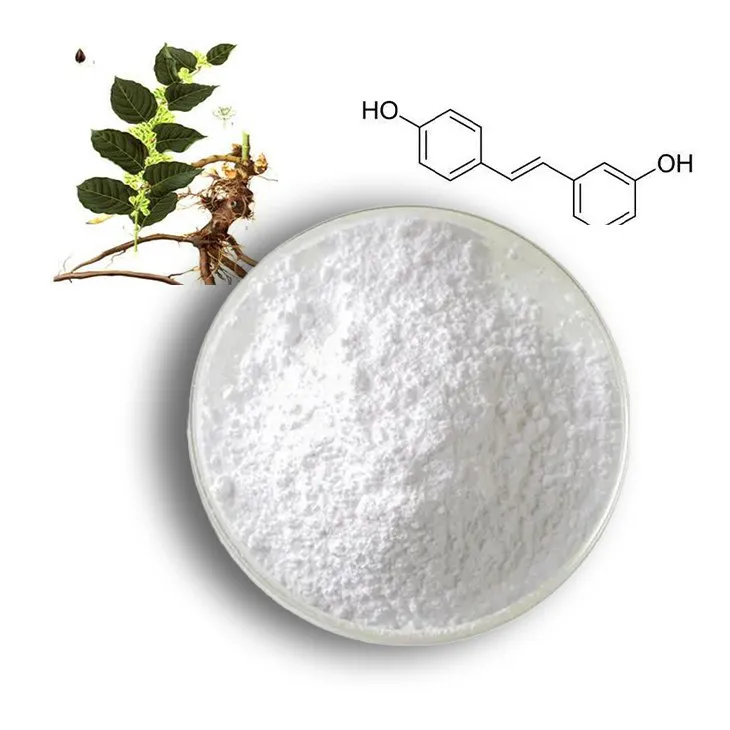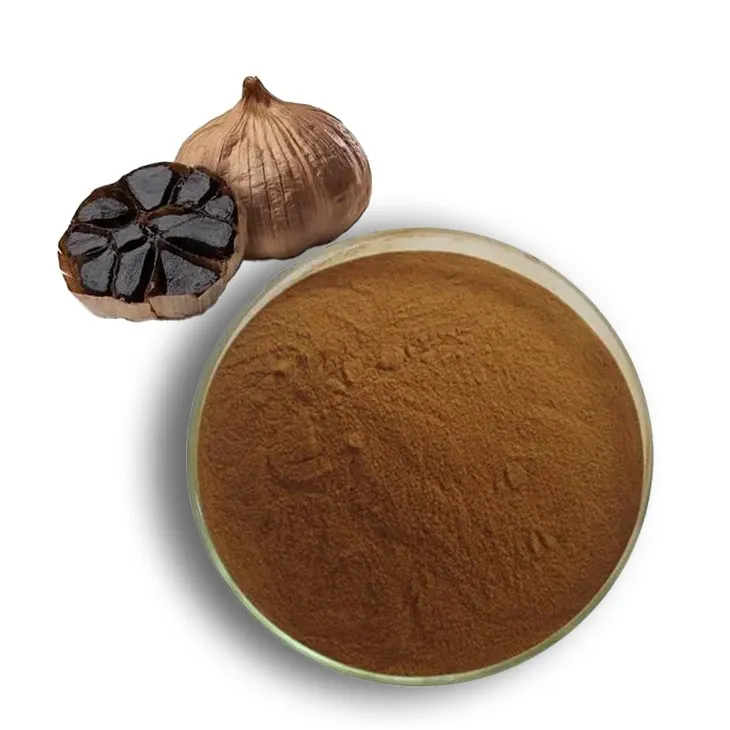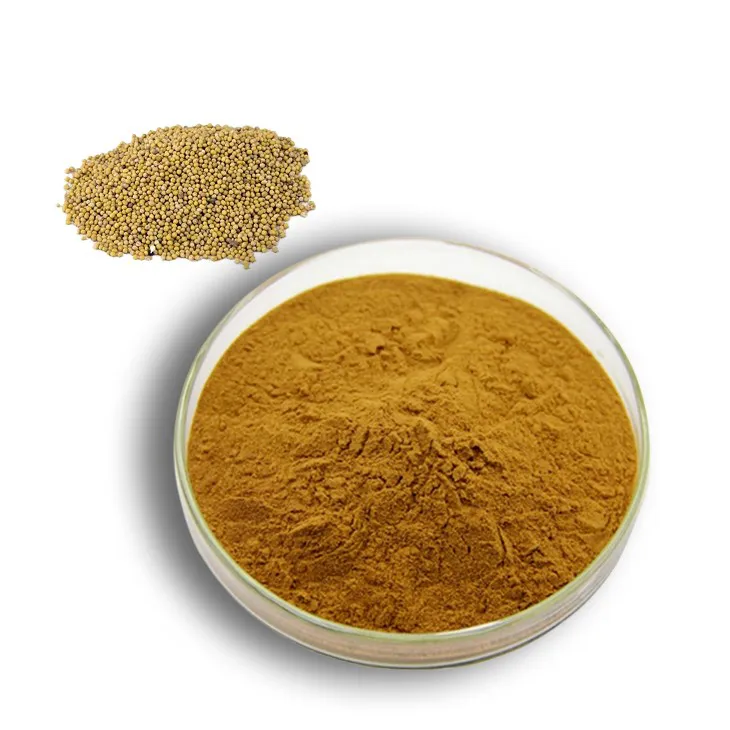- 0086-571-85302990
- sales@greenskybio.com
Top 10 Foods to Help Lower Blood Sugar Levels
2025-08-20
Published by Cristina Mutchler on August 13, 2025, and medically reviewed by Jamie Johnson, RDN, this article explores dietary choices that can play a critical role in maintaining healthy blood sugar levels. Incorporating a mix of protein, fiber, and healthy fats is essential to managing blood sugar spikes. Here are ten foods known to help lower blood sugar levels:
1. Almonds
Almonds are rich in healthy unsaturated fats that help control blood sugar by reducing insulin resistance. Studies have shown that consuming almonds before meals, particularly high-carb ones like white bread, can help maintain stable blood sugar levels. Eating a handful of almonds before meals can also help manage prediabetes by normalizing blood sugar levels.
2. Apples
Apples are a low-glycemic fruit that doesn't contribute to blood sugar spikes. Their fiber content helps regulate blood sugar, making them especially beneficial for those with glucose intolerance or early signs of diabetes. Eating an apple before meals can be particularly helpful in lowering post-meal blood sugar levels.
3. Chickpeas
Chickpeas are a protein-rich legume that can aid in moderating blood sugar response during meals. Including chickpeas in a low-glycemic diet is beneficial for people with type 2 diabetes, as they can help improve overall blood sugar control. Their protein content also helps mitigate carbohydrate impact on blood sugar levels.
4. Air-Popped Popcorn
Popcorn, when air-popped and free of additional butter or fats, is a whole grain that supports better blood sugar control. It offers a healthier alternative to refined carbohydrates like white bread or rice, contributing to lower post-meal blood sugar levels. A diet rich in whole grains like popcorn may also reduce the risk of developing type 2 diabetes.
5. Hard-Boiled Eggs
High in protein and low in carbohydrates, hard-boiled eggs are excellent for maintaining stable blood sugar levels and keeping you feeling fuller longer. Regular consumption of hard-boiled eggs could potentially lower the risk of type 2 diabetes.
6. Chia Seeds
These seeds are packed with fiber, protein, and healthy fats—all crucial for blood sugar management. Research indicates that chia seeds can significantly lower blood sugar responses after high-sugar snacks and reduce post-meal hunger, thanks to their high fiber content.
7. Berries
Berries such as red raspberries and blackberries can improve post-meal blood sugar levels. They are a favorable fruit choice due to their ability to enhance blood sugar control, particularly when consumed with meals high in carbohydrates or fats.
8. Edamame
Edamame, or young soybeans, contain isoflavones which may improve insulin sensitivity and reduce inflammation in individuals with type 2 diabetes. They are another legume option for lowering blood sugar levels.
9. Olives
Olives are a low-glycemic, low-carbohydrate food rich in healthy fats. They aid in maintaining steady blood sugar by slowing digestion, delaying carbohydrate absorption, and enhancing insulin sensitivity.
10. Greek Yogurt
Greek yogurt, high in protein and low in sugar and fat, is ideal for blood sugar control. Eating at least three servings per week has been linked to a reduced risk of developing type 2 diabetes.
Insights from Verywell
Jamie Johnson, RDN, advises pairing proteins like eggs, meat, fish, or Greek yogurt with fatty or fiber-rich foods, such as leafy greens, avocados, nuts, seeds, legumes, and berries, to prevent blood sugar spikes.
Additional Tips for Blood Sugar Management
Aside from making dietary adjustments, experts recommend maintaining a consistent eating schedule, incorporating more fiber while limiting carbohydrates, engaging in regular exercise, monitoring blood sugar levels, and practicing stress management techniques to improve overall blood sugar control.
- ▶ Hesperidin
- ▶ Citrus Bioflavonoids
- ▶ Plant Extract
- ▶ lycopene
- ▶ Diosmin
- ▶ Grape seed extract
- ▶ Sea buckthorn Juice Powder
- ▶ Fruit Juice Powder
- ▶ Hops Extract
- ▶ Artichoke Extract
- ▶ Mushroom extract
- ▶ Astaxanthin
- ▶ Green Tea Extract
- ▶ Curcumin
- ▶ Horse Chestnut Extract
- ▶ Other Product
- ▶ Boswellia Serrata Extract
- ▶ Resveratrol
- ▶ Marigold Extract
- ▶ Grape Leaf Extract
- ▶ New Product
- ▶ Aminolevulinic acid
- ▶ Cranberry Extract
- ▶ Red Yeast Rice
- ▶ Red Wine Extract
-
Calendula Extract
2025-08-20
-
Cactus Extract
2025-08-20
-
Stevia Extract
2025-08-20
-
Lycopene
2025-08-20
-
Almond Extract Powder
2025-08-20
-
Medicinal Marshmallow Extract
2025-08-20
-
Yohimbine Bark Extract
2025-08-20
-
Resveratrol extract
2025-08-20
-
Black Garlic Extract
2025-08-20
-
White mustard seed extract
2025-08-20











